A Journey to Korean Music in challenging times
_Christopher Conder, UK-based music journalist
Along with my passport, the Rough Guide to Korea and a spare pair of underwear, my carry-on bag is straining under the weight of two folders packed with paperwork. Half a rainforest has been felled to provide multiple copies of my vaccination confirmation, my quarantine exemption, my PCR test result (negative), my K-ETA, my hotel booking, my itinerary… I feel almost certain that I’ve forgotten something vital, but, amazingly and thanks to the incredible work of the team at KAMS, I pass through Incheon Airport customs without a hitch.
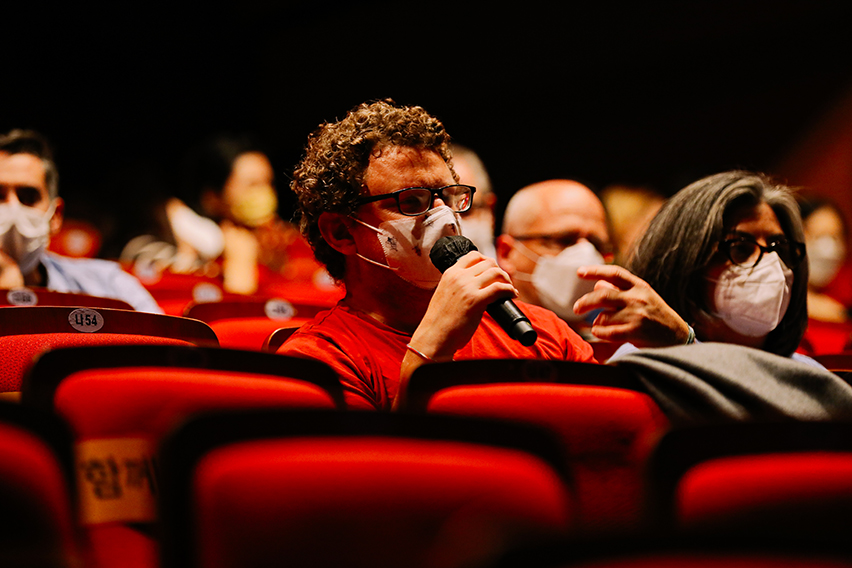
Christopher Conder
I’m a music writer from London, England. Ever since the K-Music Festival arrived on our shores in 2013, I’ve been a little bit obsessed with the sounds of Korea. My earliest discovery was the four-piece, Geomungo Factory (sadly on hiatus at present). I boast that I was the first person in the UK to write about Jambinai. Over the years I’ve interviewed Pansori great Ahn Sook Sun, hung out with Noreum Machi at Womad festival and spent lockdown telling anyone who would listen about Sinnoi. Only one thing was missing - I’d never been to South Korea!
So when the invitation to Journey to Korean Music arrived in my inbox I could hardly contain my excitement. After four months of anxiously checking news about the pandemic, not daring to believe this might actually happen, here I am. Journey to Korean Music is a showcase and a tour package rolled into one. Most years see 25 or so delegates from all across the world invited for a week of immersion in Korean music, but given the complexities, 2021’s cohort has been whittled down to six of the finest (or so we like to think). I am joined by expert European promoters Birgit Ellinghaus and Peter Van Rompaey, exuberant Latin-Canadian festival runners Alfredo Caxaj and Isabel Cisterna and the charming American radio DJ Terrance McKnight. Although I’ve not met any of them before, and we have quite different personalities, this is the ultimate bonding experience.
Journey to Korean Music 2021_Groove& showcase
First and foremost, there is the novelty of actually travelling. For all of us, it’s our first trip of any significance since COVID-19 was named. My first impressions of Korea are confusing. I’ve been to Vietnam and India, but this is my first visit to a wealthy Asian nation. The flash airport, the skyscrapers and my comfortable hotel apartment could be from any city in the world, but then amidst the concrete and glass, lush alien vegetation pokes through. A bold new office block sits in parallel with a green-roofed palace. Every so often, a shonky old grocery van wobbles out between the slick new cars, or a brash advert presents a ridiculously cute cartoon character, reminding me where I am. The weather is unpredictable - one moment sunny and warm, the next pouring with rain. I’m so grateful to the KAMS team and associates for guiding us through everything.
On Day 1 we are taken to the impeccable National Gugak Centre. I’m writing about this at length for Songlines magazine, but suffice to say, South Korea must be proud to have such a professional, modern and innovative home for traditional music. The evening’s debut performance sees jazzy fusion with Red Fish, the cheering cacophony of percussion group Groove&, and sublime geogayum playing of Soona Park.
Day 2 starts with a ‘Journey to Mindfulness’, taking in the pastoral side of Seoul with visits to the Eunpyeong Hanok Village and the Jingwansa Temple, where we are taught how to drink tea the Korean way and entreated to publicly proclaim our self-love - not an easy task for this buttoned-up Englishman. Later, we see performances by string duo ReMidas, daegum experimentalist Dasom Baek and new wind and beats trio BBIRIBBOO (named after the sound of a piri).
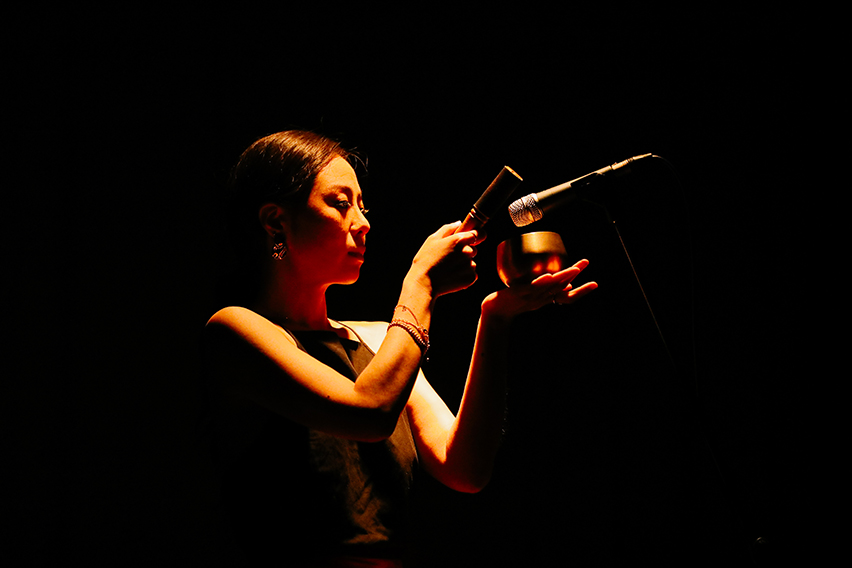
Journey to Korean Music 2021_Dasom Baek showcase
Day 3 begins with live music. Without overlooking the entrancing electronics of Tengger, if I had a Critics Choice award to bestow I would be torn between awarding it to Jungmin Seo or So Ra Kim. Seo, whom I’d interviewed many years before as part of the duo [su:m], hasn’t, as yet, had the international success of her erstwhile colleague, Jiha Park. But on the evidence of this showcase, that deserves to change. Informed by Seo’s deep research into sinawi traditions, her set, in which she plays the gayageum and is joined by percussionist Byungwook You and singer Yulhee Kim, artfully balances innovation, tradition, musicality and virtuosity.
Despite her international reputation, janggu player So Ra Kim is new to me and proves to be a revelation. She is introduced as having changed perceptions of her instrument, moving it from being strictly an accompanying drum to taking centre stage. Joined by a second percussionist, Seunghun Hyun, and by Chorong Oh on blown instruments, their set is a masterclass in control and energy.
The evening takes us to Gwanghwamun Art Hall for a theatrical evening (although one downside of lockdown is the masking, which, combined with the dark and heat, makes me sleepy). Cute young trio Sangjaru leaves us baffled by their comedy routine (all in Korean), but impresses with an imaginative stage set and enjoyable compositions. Then it is Gomool, whose blend of live music and contemporary dance would go down a treat in my home city.
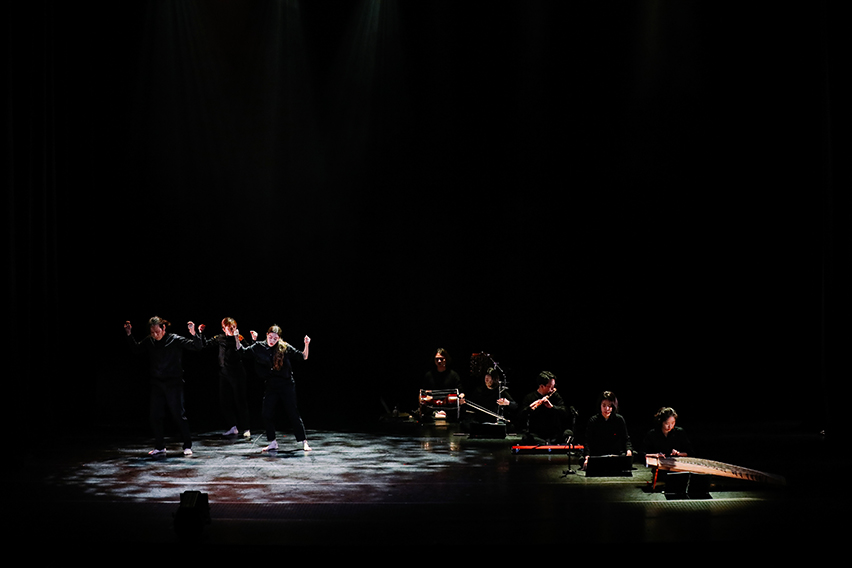
Journey to Korean Music 2021_Gomool showcase
Day 4’s talk from three of Korea’s cross-over successes - Jambinai, Leenalchi and Haepaary - about their online engagement during lockdown is fascinating, and then the fresh young things of Bobusangs present their mix of folk music, rap and electronica in the evening. They are the big hit of the week, getting a bunch of us up on our feet and dancing. I expect a few international festival bookings to be coming their way.
Finally, on Day 5, we take a trip out of Seoul, travelling south on the train to the city of Jeonju. A visit to the Pansori house of Dong Moon Chang Chang, and an energetic rehearsal of a folk play in the rain is followed by a bizarre outdoor performance in an absolute downpour. The audience, masked and wrapped in thin plastic macs courtesy of the festival, are bathed in an eerie purple light from the stage. It looks more like a scene from the X-Files than the K-Intangible Heritage Festival. I stay for the excellent Dongyang Gozupa, but then seek shelter from the weather. I’m lured to peek back out to soak up the exuberant energy of Uheeska, a group confidently mixing gugak music with Jamaican ska.
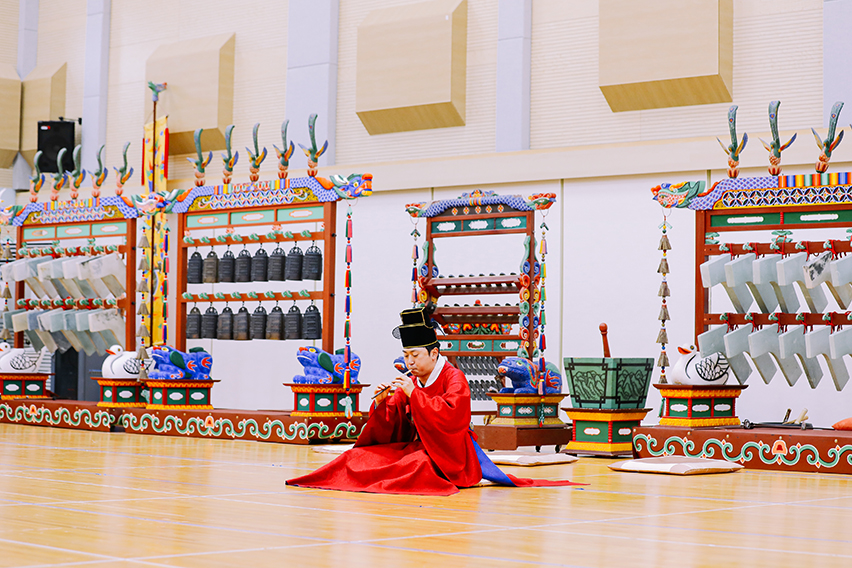
Journey to Korean Music 2021_National Gugak Centre
We music journalists love to spot a scene, even better define a whole genre. It’s apparent that there is something special going on in Seoul. Old traditions are meeting new ways of music-making, with spectacular results. Like minded musicians are working with and influencing each other. Do we dare give it a label? Songlines magazine has gone with ‘Korean new wave’. I quite like ‘tradi-modern’ but it’s already been taken for musicians in DR Congo. We could just follow the London festival and call it ‘K-Music’. But, with tongue-ever-so-slightly-in-cheek, I am now attempting to popularise the term ‘twang‘n’bang’. Like drum’n’bass, but with the twang of a thwacked geomungo string and bang of a janggu as the constituent ingredients. It leaves out the poor piri players though.
Anyway, the depth of the Korean twang’n’bang scene never ceases to amaze me. Every year, at London’s K-Music festival, I think they’ve surely run out of excellent new artists. Again and again I’m delightfully surprised. It’s the same at Journey to Korean Music - incredibly, only one of the featured artists was already on my radar. But even more important than discovering yet more talented Korean artists was seeing them in context. No amount of shows in a London concert hall can provide the same insight as spending time in the country, eating the food, seeing the landscape, enjoying the fashions, spending time with the people.
And, slowly but surely, twang’n’bang is establishing itself abroad, not just in world music circles, where we’re already raving about it, but beyond. A friend of mine wouldn’t know a haegum if it poked him in the eye, but he loves Jambinai. Another chum, who is into alternative and electronic sounds, is raving about Haepaary. My husband, who normally has little time for my music, is obsessed with Leenalchi. He wanders around our flat singing, “Beom naelyeoonda, beom-i naelyeoonda” and tries to replicate the Ambiguous Dance Company’s famous moves.
I can imagine the conversation:
“Hey Hipster, what music do you listen to?”
“Oh you know, neo-folk, grindcore, Afrobeats. And these days I’m getting really into Korean twang‘n’bang.”
It’s only a matter of time.
Freelance writer for Songlines magazines
Christopher Conder is a regular writer on folk, roots and world music for Songlines magazine and, until 2019, fRoots magazine. His first specialism was the English folk music of his native country, but ever since a visit to Vietnam in 2012 he has been delving deep into the music of Asia. Whenever possible, he combines travelling with musical encounters, whether it be embedding himself in a fife and drum group in Belgium or staying in the rainforests of Melanesia to hear the endangered lullaby tradition of the ‘Are’Are people. He is glad to see the world gradually opening up again.
facebook.com/christopherconderwriter








 PREV
PREV
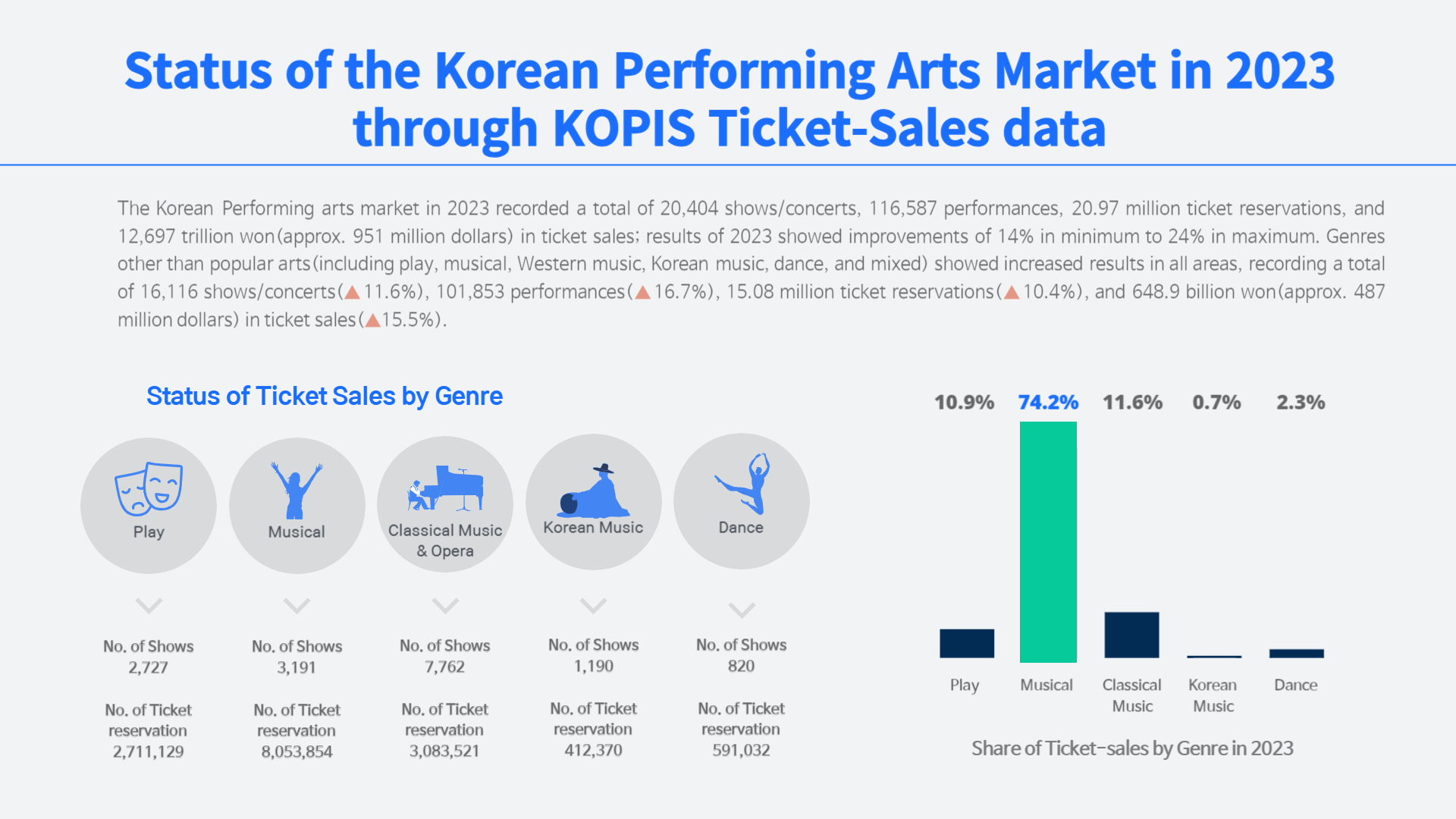
.jpg)
.jpg)
.jpg)
.jpg)











